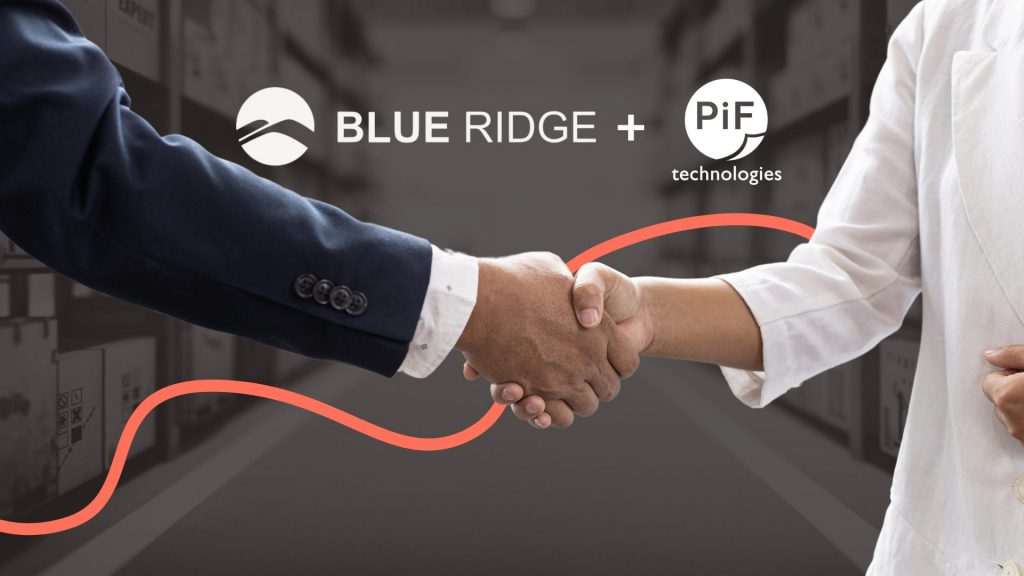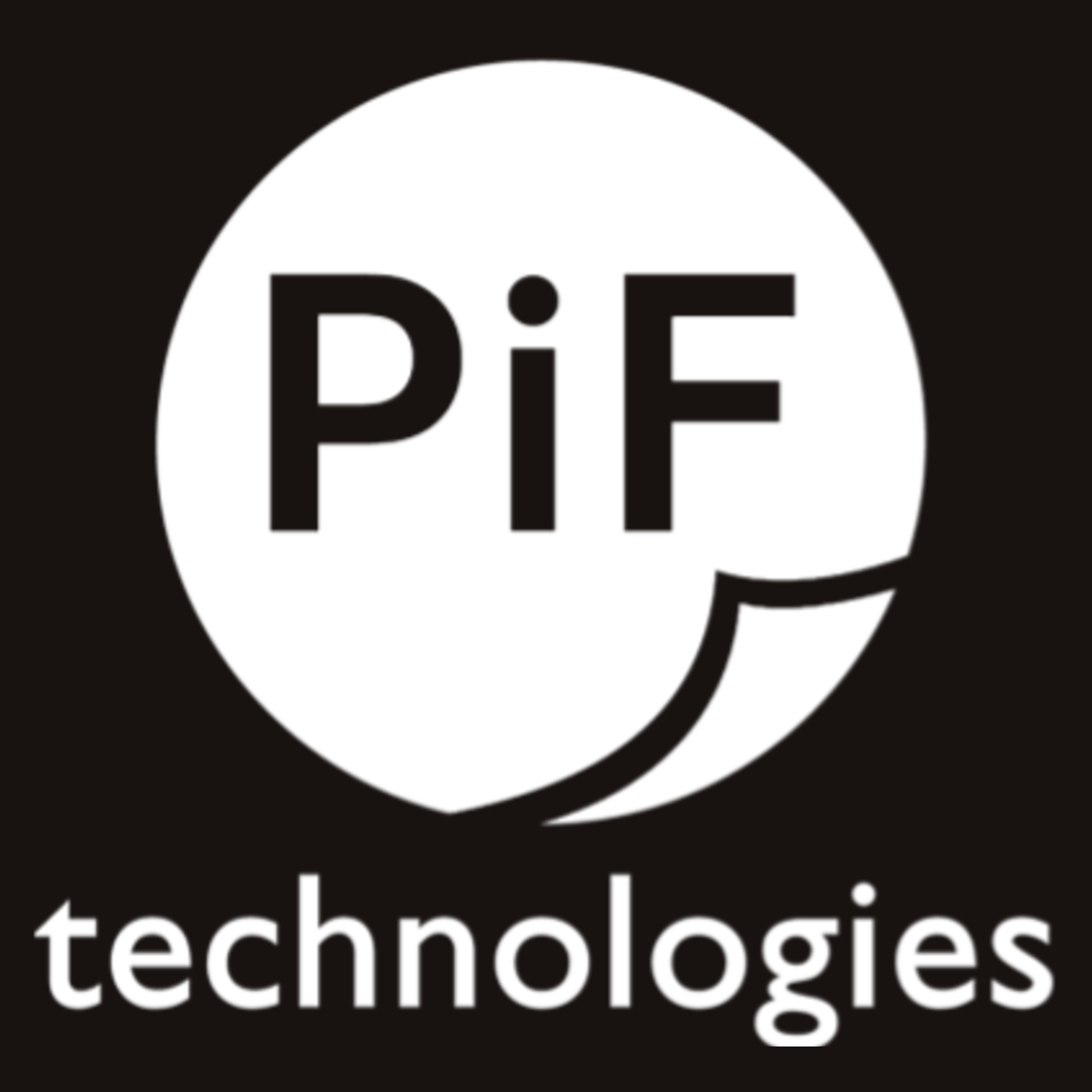You’ve invested hundreds, if not thousands of hours building out your SharePoint platform. You’ve paid for consultant, third party modules, additional license, better hardware but SharePoint still doesn’t do what you want it to. Worse yet, your departments are dependent on it, your employees have finally learned how to use it and the idea of migrating to a new enterprise content management platform makes you quesy.
For many businesses the SharePoint trap was like quicksand. By the time they recognized they were trapped it was too late. The expected hard costs of SharePoint may have been easy to calculate: product licenses, Microsoft SQl Server license, Windowsn Server Sofrware, Virus Protection and Back-up, third party products for image capture, workflow, hardware and infrastructure. Some of the soft costs may have even been foreseeable: IT staff, configuration, consulting costs, QA testing. The unexpected costs range from the cost of third party modules, the cost of designing a governance strategy, change management, training, and code management
SharePoint relies on a never ending list of costly third party modules to deliver the functionality that most organizations need and want. SharePoints haphazard approach to workflow over the years has bordered on the insane and unstable Workflow existed in 2001, it was out in 2003, new versions of workflow were introduced in 2007, in 2010 Microsoft add some functionality but took some away. SharePoint 2013 introduced an entirely new workflow, making old workflows incompatible. Sure you can pay for custom code and many organizations likely had no choice over the years. Check that off as another unexpected expense. Then there are the mistakes that you make in deployment – you always pay for those.
How much exactly have you spent on your SharePoint deployment? Microsoft estimates that SharePoint customers invest $8 of customization for every $1 spent on licensing fees. Between 5-10% of that is from QA testing alone. Calculating the ROI of SharePoint is a murkier proposition.
Sharepoint is not going down without a fight. Microsoft has reported that 100 million Sharepoint licenses sold and $1 billion in revenue. Sharepoint 2013 is Microsoft’s latest attempt to upgrade the platform, enhance the features and play in the ECM world. But let’s get this straight SharePoint was built for collaboration not content management. Microsoft Sharepoint is not an ECM solution.
That has not stopped organizations from attempting to use SharePoint for many other things. But lets face it at the end of the day SharePoint deployments consist of departmentally siloed intranets and expensive to maintain custom coded workflows. Each department is likely using SharePoint in a different way. In many cases most end users even within one department are not consistent in how they use it. Why? Because its simply hard to use. And while SharePoint was likely deployed to increase productivity in general measuring the productivity gained after a SharePoint implementation is nearly impossible. Unless you had a specific goal in mind during your deployment, measuring the ROI can be damn near impossible.
How is ECM different than Sharepoint?
While Sharepoint is for collaboration ECM does everything else and then some. ECM systems are grown up, mature platforms that have evolved from early document management systems. Ecm systems encompass all of the technology needed to capture, manage, access, store, search, and deliver content related to business processes and workflows.
ECM Systems excel in the transaction content management processes such as accounting, human resources, claims processing. Sharepoint on its own cannot adapt to the large volumes of static records that flow through these processes. Third party modules and Sharepoint customization would be needed to handle complex document workflows. Integration with business applications if it could be achieved would be costly. User interfaces would be complex, performance problems would surface with a high volume of documents,
ECM systems generally have interfaces that are easier to use, built in records management features, granular security, excellent version control and sophisticated yet easy to build document drive workflow functions. Cloud-based ECM systems are ramping up the competition. ECM systems have an edge over Sharepoint. Sharepoint customization is still required for cloud deployments, which means customers will still be spending big bucks. Cloud ECM adoption is accelerating, and its easier than ever to deploy a system and import documents from an older legacy system. Planning a migration of older records my seem daunting but most organizations can start with a day forward process.
Moving all newly created records into the new ECM system while slowly importing older frequently used records and working backwards seems to work best. Electronic records can be quickly sorted an imported via batch processes. Consulting a vendor with an experienced professional services team familiar with conversions is the best bet.
Which ECM should you choose?
What is your biggest document/record challenge today? How is it impacting your productivity and your bottom line? What are other areas are challenges your organization faces as a result of the number of documents it must process? Focus on your top priority first. Identify what features you absolutely must have and make sure they are available out of the box. If there are additional features you will need over time, do they exist already? Are they on the product roadmap? Make sure the product you choose is built by a reputable company with some business history, already has a customer base, a support structure and a proven track record of product updates.
Any system should have an integrated document capture component which allows you to scan, print or import your documents rapidly. The search feature of your product must be robust enough to allow users to find records using meta data searches, full text searches, and boolean searches. Document previews are also helpful. Systems that allow access via any device and any browser are best as they allow today’s mobile workforce to get information they need when they need it. Robust security features are required to allow control at the user group, individual user and document level. There are several key features which differentiate mature ECM systems: integrated records retention, full text indexing, document control, automated workflows and multi-tenant offerings.








